Hello, everyone. My name is Daichi, an expert providing the information about the radiation issues in an easy-to-understand manner.
In this article, the history of the IAEA, from the World War II to its establishment was mainly covered, but this article will a bit more in detail touch upon the organization structure and activities of the IAEA.
That is, this article responds to the following question:
– What is the position of the IAEA in UN organizations?
– What kind of organization structure does the IAEA has, and what kind of activities does the IAEA make?
Table of contents of this article
- (Its organization and activities are covered) What is the IAEA? (Vol. 2)
- Position of the IAEA in UN organizations
- Where is the IAEA located?
- Organization and activities of the IAEA
- Director General, Offices Reporting to the Director General
- Department of Technical Cooperation
- Department of Nuclear Energy
- Department of Nuclear Safety and Security
- Department of Management
- Department of Nuclear Sciences and Applications
- Department of Safeguards
- Summary
I have been involved with the radiation-relevant issues, like the policy on the decontamination activities and the management of the Interim Storage Facility, after the accident of the Fukushima Daiichi Nuclear Power Plant in 2011.
I received a doctorate in the field of radiation, while working in Fukushima.
(Its organization and activities are covered) What is the IAEA? (Vol. 2)
First, the position of the IAEA in the UN organizations is explained, followed by further explanation of organization structure, as well as activities of the IAEA.
Position of the IAEA in UN organizations
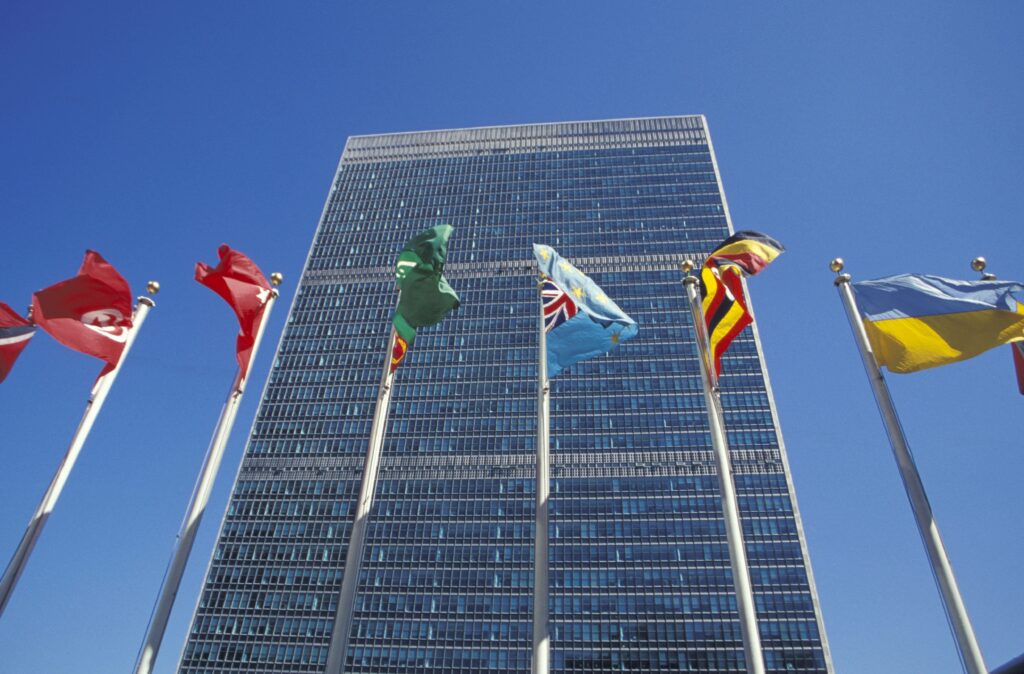
As explained in this article, the IAEA was established in 1957, with the endorsement of the UN General Assembly, but for example, it is not a so-called specialized organization, like the World Health Organization(WHO), which is responsible for the promotion of people’s health, and the United Nations Educational, Scientific and Cultural Organization(UNESCO), which is responsible for the development and promotion of education, science and culture.
The IAEA hasn’t signed a partnership agreement with the UN, but it is a related organization, and has a close relationship with the UN, and for example, reports on a regular basis in the UN General Assembly.
Where is the IAEA located?

The headquarters of the IAEA is located in Vienna, the capital of Austria in the central Europe, also known as ‘the capital of music’.
Vienna is known as the 3rd UN city, after New York and Geneva, and the Vienna International Center, which accommodates the headquarters of the IAEA, is also home to a lot of international organizations other than the IAEA.
The IAEA also has 2 regional offices in Toronto in Canada and Tokyo, as well as liaison offices in New York and Geneva in Switzerland, where a lot of international organizations are located.
And also, is has research centers in Seibersdorf in the outskirt of Vienna, and Monte Carlo in Monaco.
Organization and activities of the IAEA
Roughly speaking, the IAEA has an organization structure, headed by the Director General, with the Offices Reporting to the Director General, as well as 6 departments in charge of practical works.
Each role will be elaborated in the following sections.
Director General, Offices Reporting to the Director General

The head of the IAEA Secretariat is Director General.
Currently, Mr. Rafael Mariano Grossi from Argentina serves as the 6th Director General.
Just for your information, his predecessor was Mr. AMANO Yukiya from Japan, and he had served as the Director General since December 2009, but passed away in 2019 during his tenure.
Under the Director General, there are the Offices Reporting to the Director General, including the Director Genral’s office, the Office of Public Information and Communication, which is responsible for coordination for information dissemination and the Office of Legal Affairs (Please visit this website for detailed information).
For the next, let me elaborate 6 departments, which are responsbile for specific practical works, in the following sections.
Department of Technical Cooperation
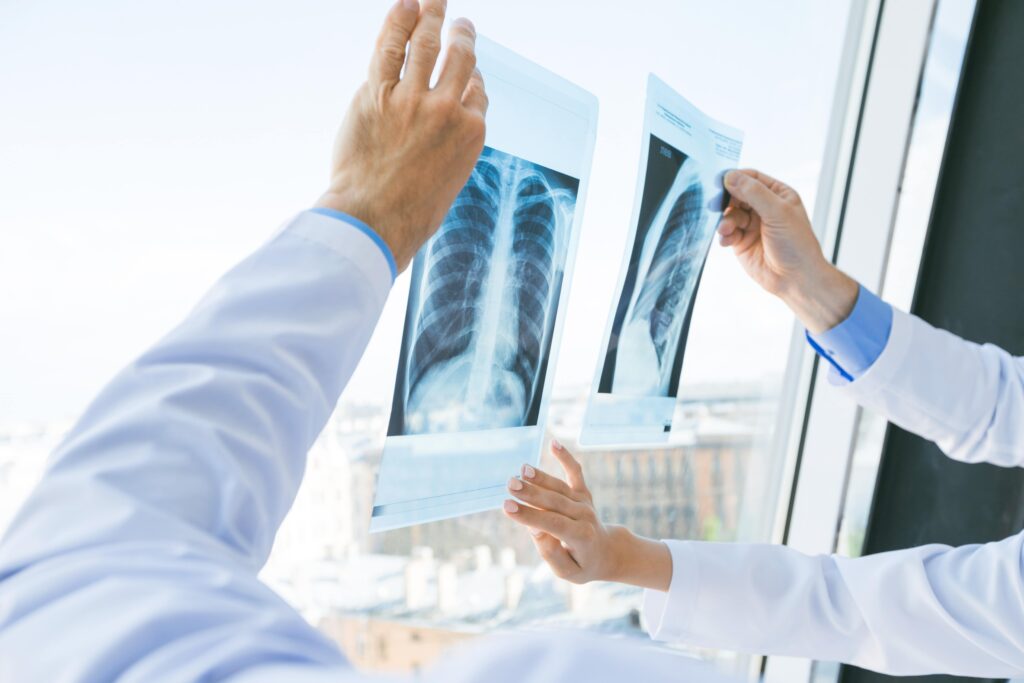
Department of Technical Cooperation is responsible for planning and implementation of support programmes tailored depending on the needs of the Member States, in response to their request.
In the department, there are ‘Division of Asia and the Pacific’, ‘Division of Africa’, ‘Division of Latin America and the Caribbean’ and ‘Division of Europe’, to cover each region, as well as ‘Division of Programme Support and Coordination’ to coordinate whole projects.
In addition, especially for treatment of cancers, there is a dedicated division named ‘Programme of Action for Cancer Therapy’, to actively provide developing countries etc. with support for capacity building, equipment and radiation protection.
Department of Nuclear Energy
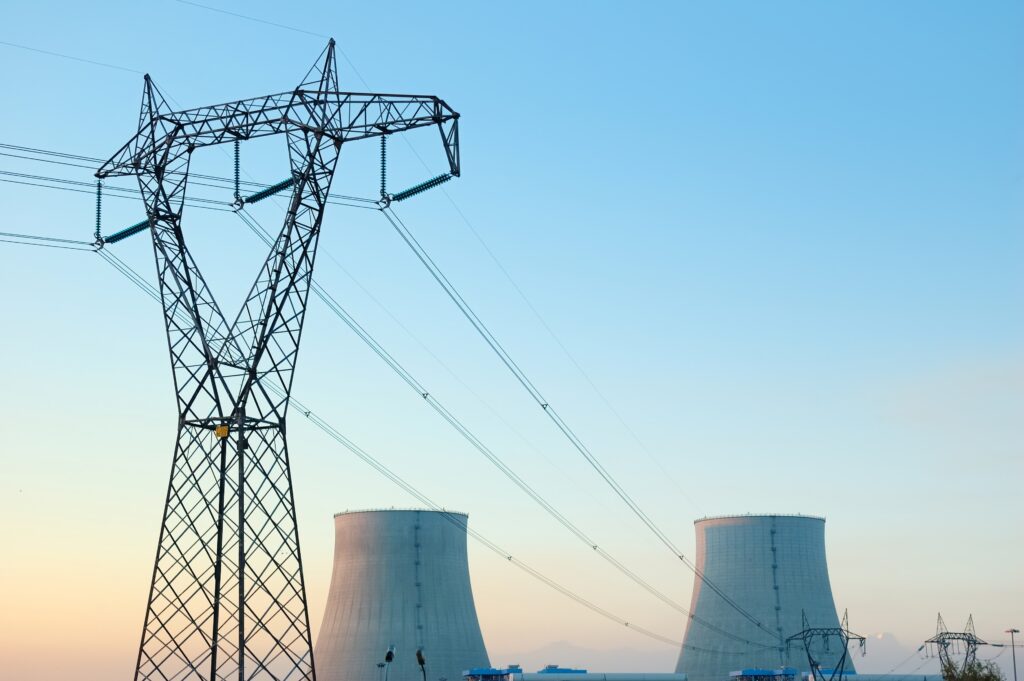
Department of Nuclear Energy is mainly responsible for nuclear power generation and promotion of nuclear fuel cycle.
In the department, there are ‘Division of Nuclear Fuel Cycle and Waste Technology’, ‘Division of Nuclear Power’ and ‘Division of Planning, Information and Knowledge Management’, which develop standards and guidelines relevant to the nuclear energy, evaluate energy plan of countries, and develop the database of technology information.
Currently, the number of countries is increasing, which aim at new introduction of nuclear power, in terms of measures for climate change and energy security, therefore, the importance of its activities is expected to further increase in the future.
Department of Nuclear Safety and Security
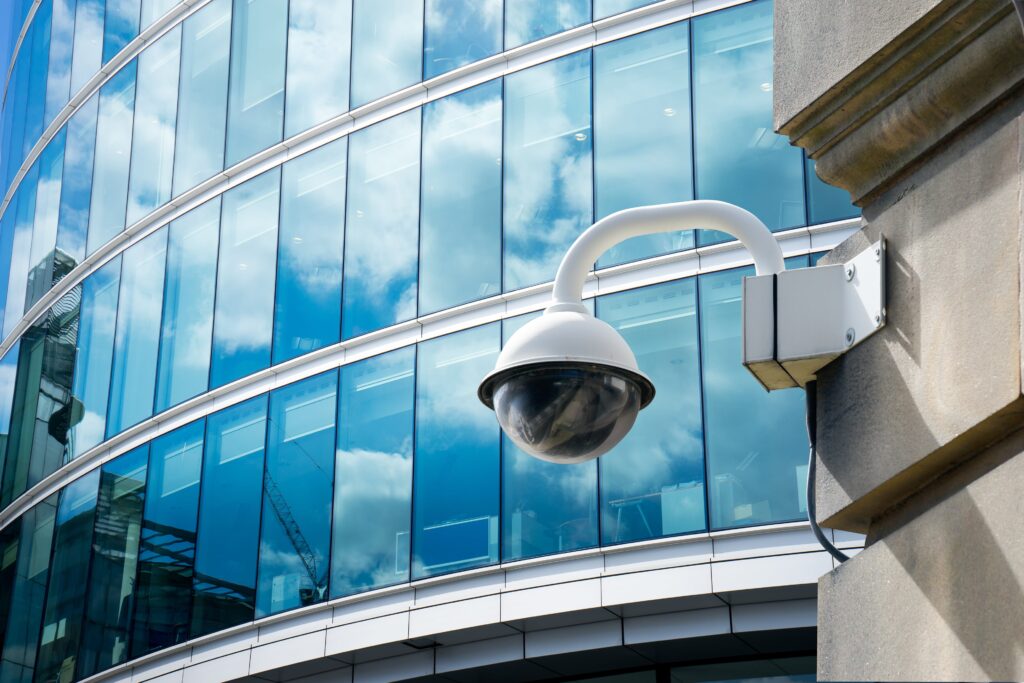
Department of Nuclear Safety and Security is responsible for issues related to the radiation protection and safety of nuclear power plants, including environmental restoration activities in the areas contaminated by radioactive materials, which this blog mainly covers, treatment of radioactive waste, decommissioning, radiation protection of the public and workers, dose assessment, transportation of radioactive materials and safety assessment of nuclear power plants, as well as security of nuclear power plants, including countermeasures against terrorism.
In the department, there are ‘Division of Nuclear Installation Safety’,’Division of Radiation, Transportation and Waste Safety’ and ‘Division of Nuclear Security’, and this department plays a key role for development of the IAEA Safety Standards, which are widely used in the field of radiation protection, although it will be elaborated in the separate article.
Department of Management

Department of Management is responsible for the management of whole budget of the IAEA, HR such as recruitment and provision of support for meetings and conferences organized by the IAEA, as well as translation of IAEA documents into 6 UN official languages (i.e. English, French, Spanish, Chinese, Russian and Arabic).
In the department, there are ‘Division of Budget and Finance’, ‘Division of Conference and Document Services’, ‘Division of General Services’, ‘Division of Information Technology’ and ‘Division of Human Resources’ and this department support the management of IAEA as a whole.
Department of Nuclear Sciences and Applications

Department of Nuclear Sciences and Applications is responsible for the application of basic scientific radiation technology, as well as of more practical radiation technology to solve issues on-site, and also responsible for the management of aforementioned research centers, which are located in Seibersdorf on the outskirts of Vienna, and in Monte Carlo, capital of Monaco, which only the IAEA has among international organizations.
In the department, there are ‘Division of Human Health’, ‘Division of IAEA Marine Environment Laboratories’, ‘Division of Joint FAO/IAEA Centre of Nuclear Techniques in Food and Agriculture’ and ‘Division of Physical and Chemical Sciences’.
As supports to the Member States of the IAEA, ones relevant to nuclear power generation might first come into your mind, but on a budgetary basis, the supports in the fields of medication and agriculture are overwhelmingly larger than those of nuclear power generation, and in cooperation with the aforementioned the Department of Technical Cooperation, it plays a central role with regard to the technical support to the Member States.
Department of Safeguards
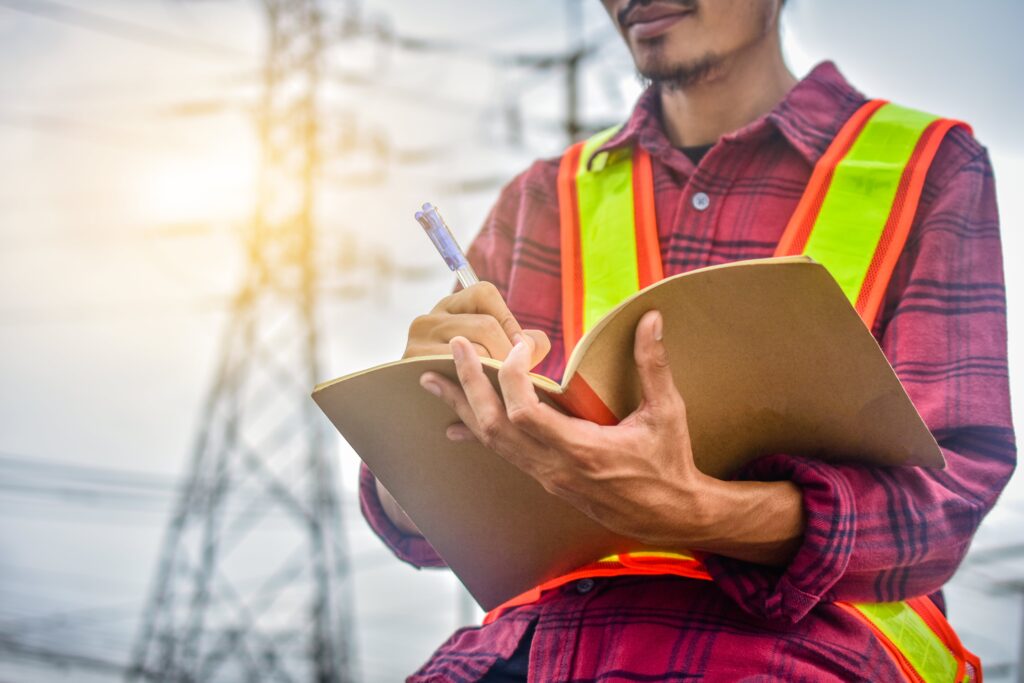
At last, Department of Safeguards is responsible for the confirmation of compliance for international legal obligations, for the Member States to use nulcear sustances and relevant technologies only for peaceful purposes.
Probably many of you might hear the name of the IAEA, in the context of news reporting nuclear inspections for the DPRK or Iran.
By the way, the regional offices in Tokyo and Toronto are liaison officesfor implementation of safeguards.
It can be said, that this department is most well-known, and attracts keenest attention, and in the department, there are ‘Division of Operation A’, ‘Division of Operation B’, ‘Division of Operation C’, ‘Division of Concepts and Planning’, ‘Division of Information Management’ and ‘Division of Technical and Scientific Services’.
‘Division of Operation A’, ‘Division of Operation B’ and ‘Division of Operation C’ play central role for inspection based on the safeguards agreement, ‘Division of Concepts and Planning’ develops approach and methodology, ‘Division of Information Management’ analyses samles taken and satellite images, and ‘Division of Technical and Scientific Services’ provides Devisions of Operations (A, B and C) with scientific and technological support.
In recognition of these activities, in 2005, the Nobel Peace Prize was awarded to Mr. Mohamed ElBaradei, then-Director General, as well as the IAEA.
Summary
This article covers locations of the IAEA headquarters and regional offices, as well as its organization structure.
The next article will elaborate more detailed activities.
By the way, above-mentioned contents are summarized in the following videos.
It would be appreciated to visit them at your convenience.
– Japanese version
– English version
You can read the same article in Japanese here.
Thank you very much for reading this article.
See you next time!



コメント